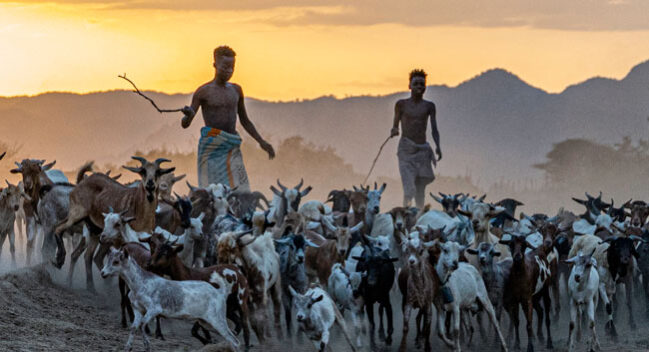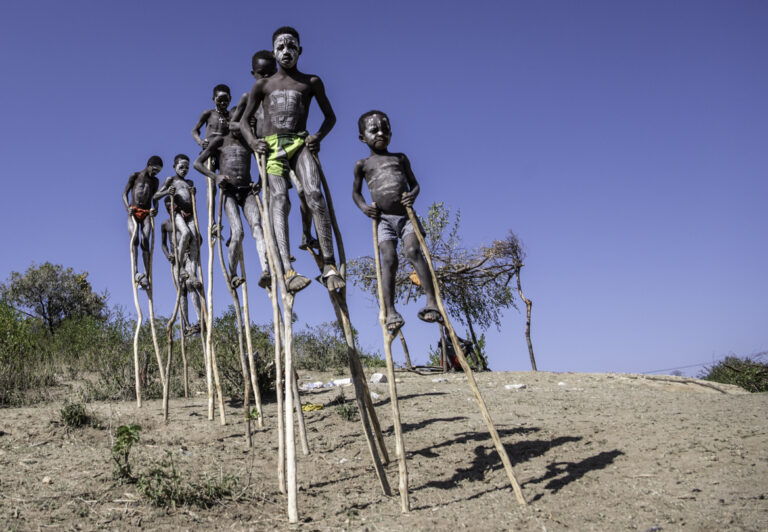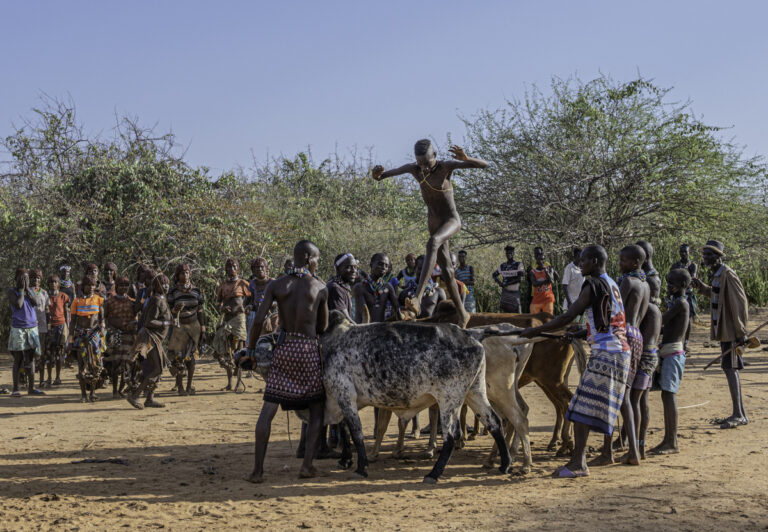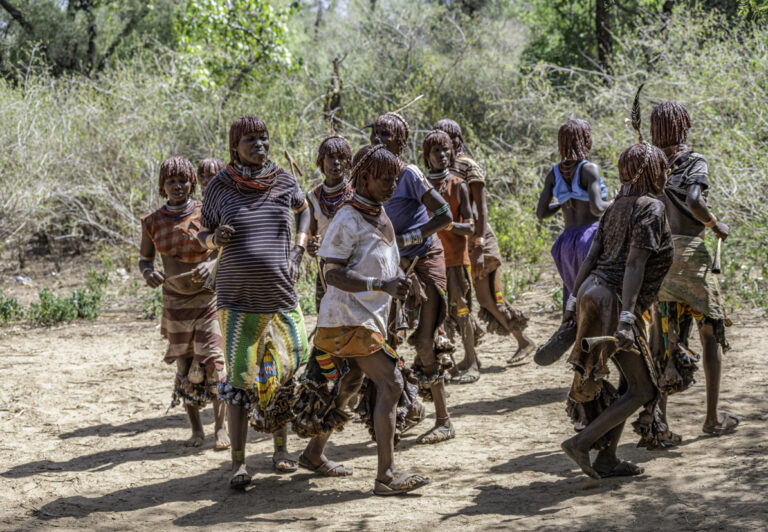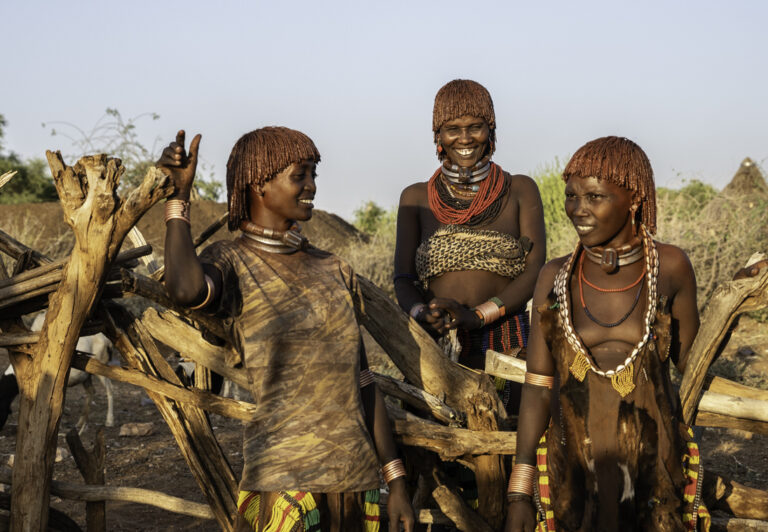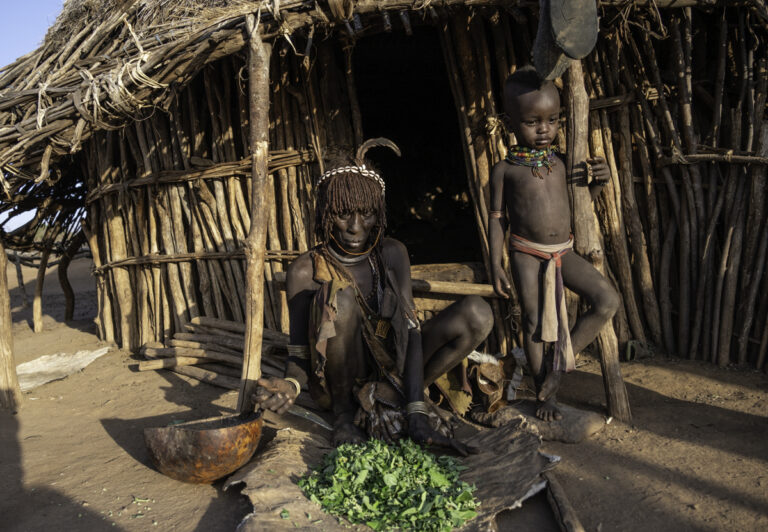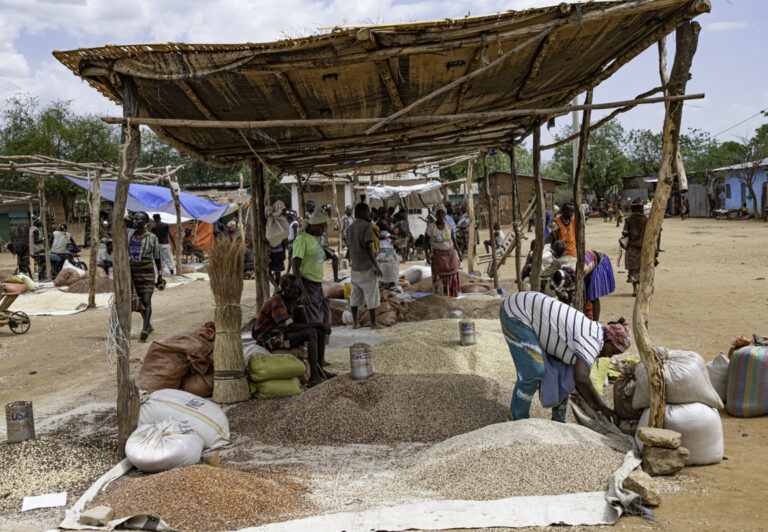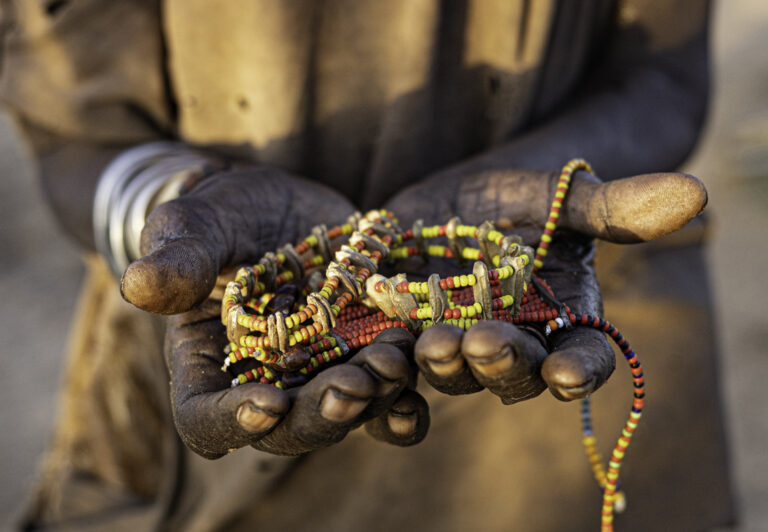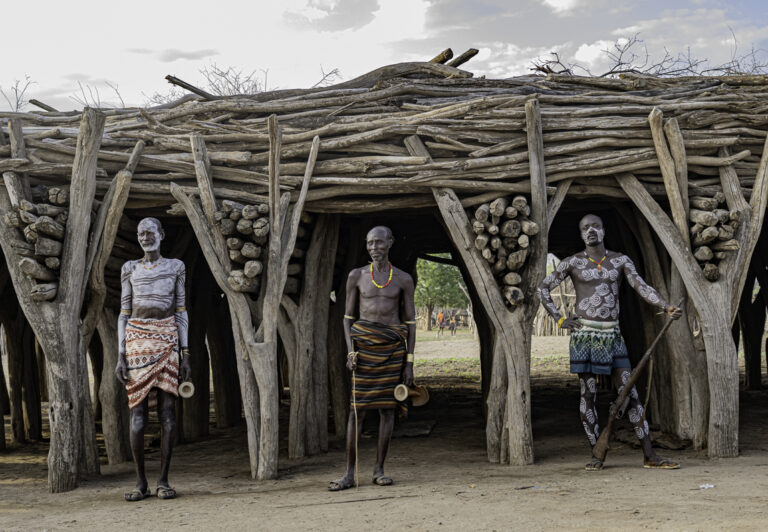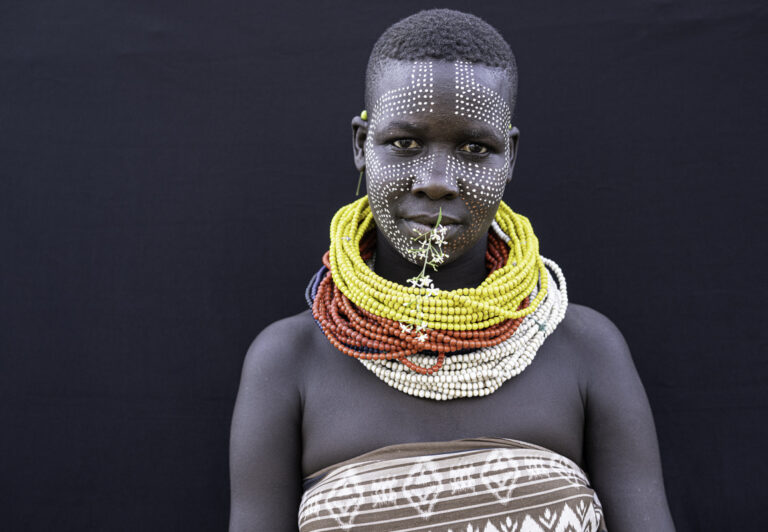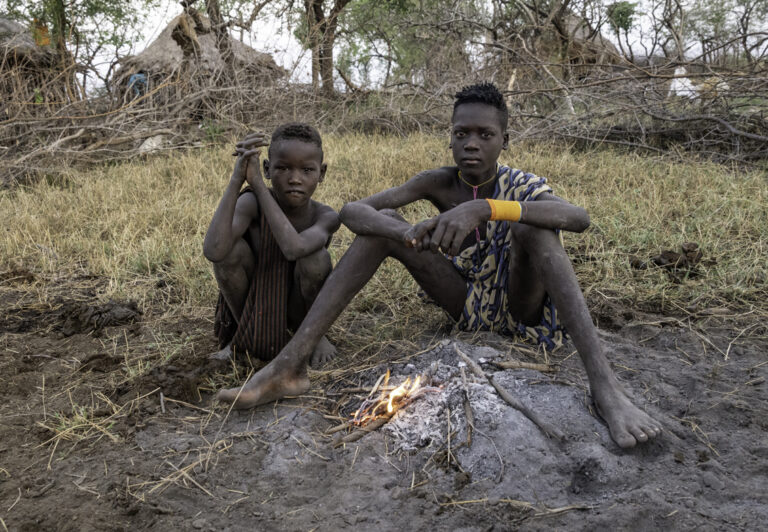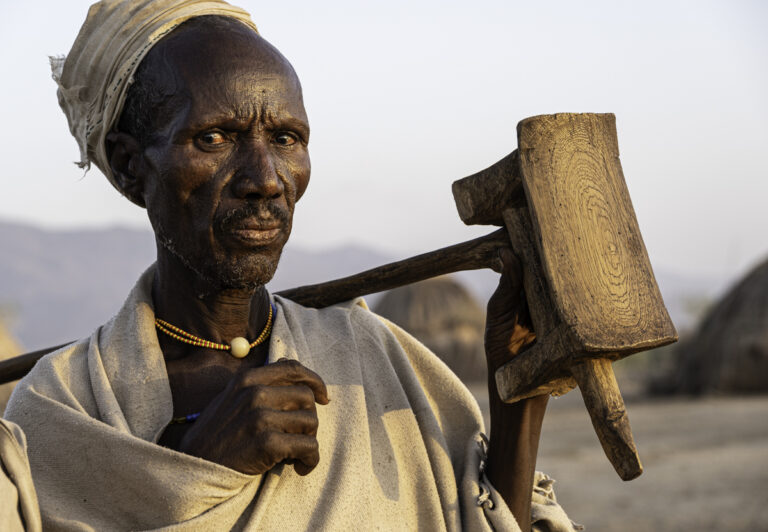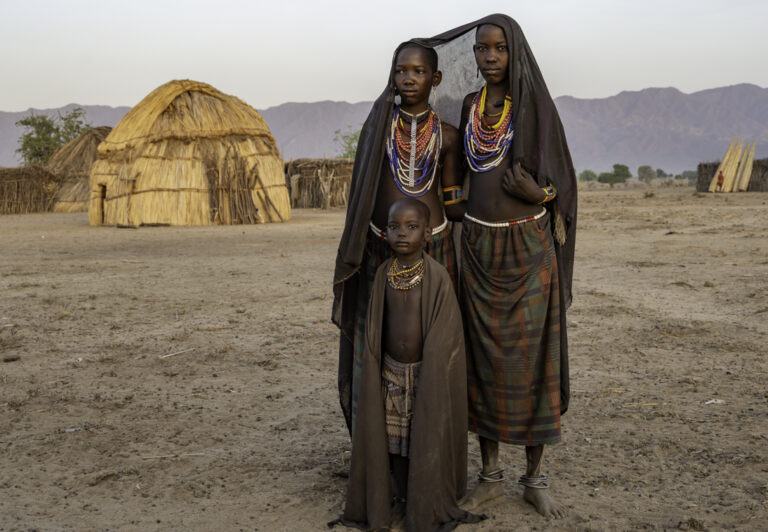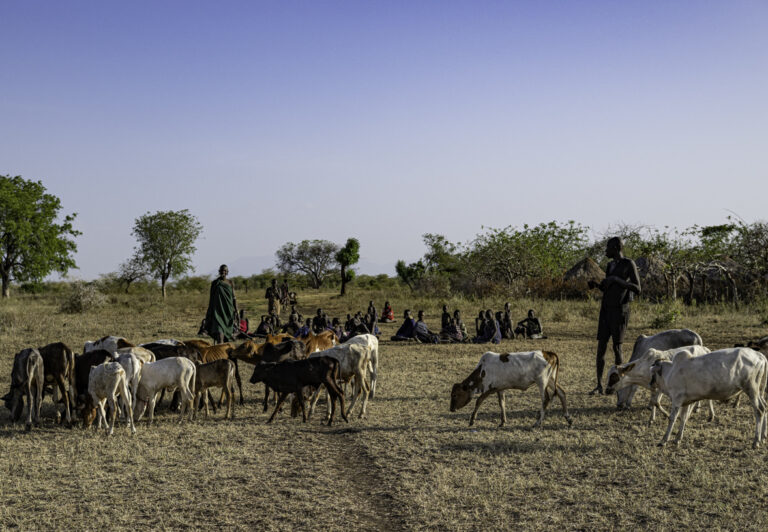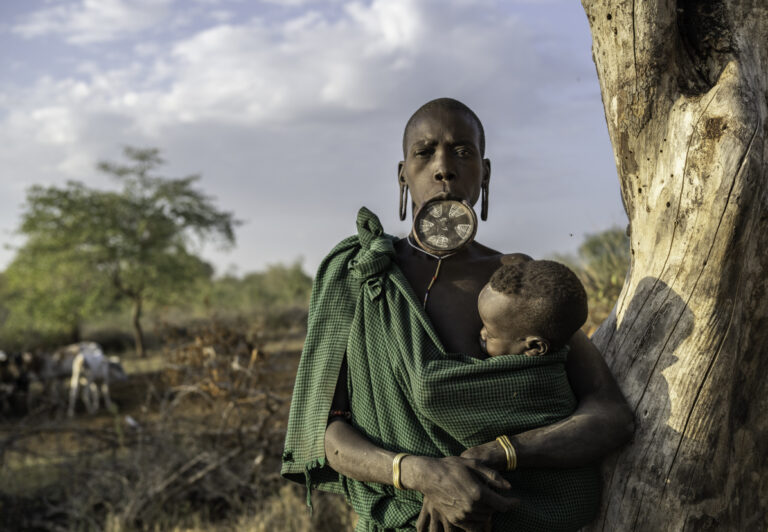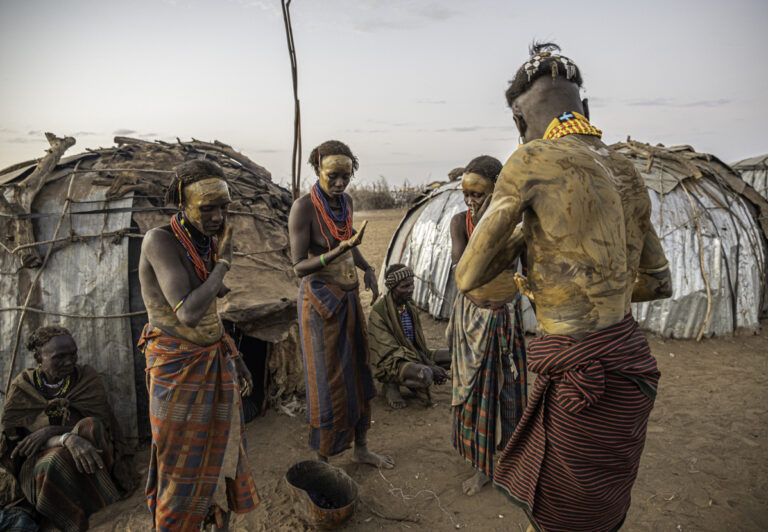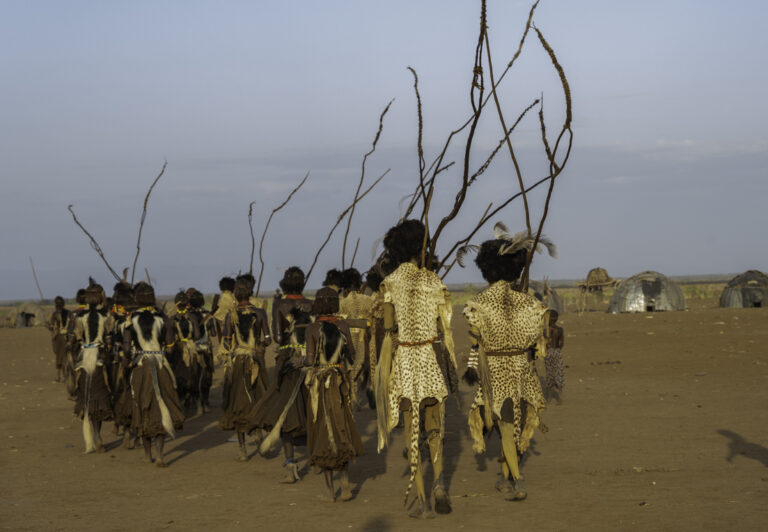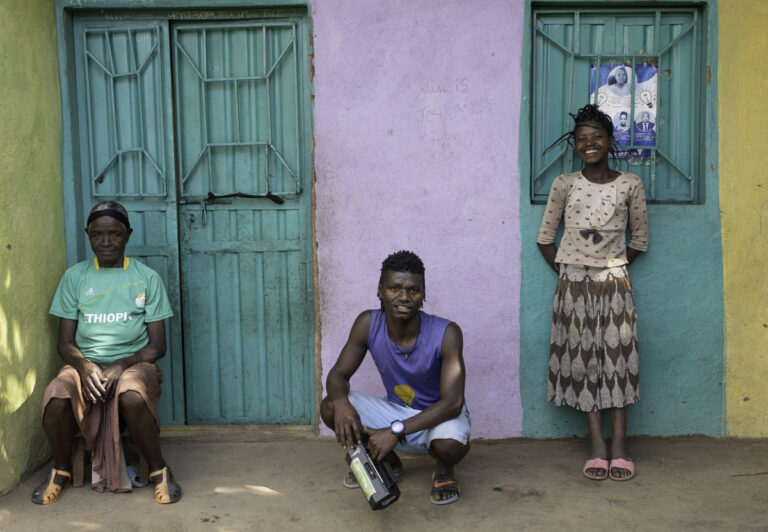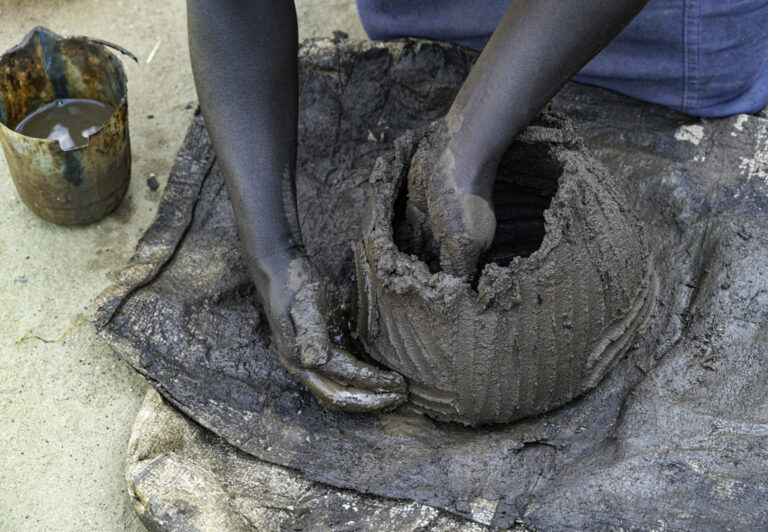If there ever was a land that time forgot, it must be Ethiopia’s Omo Valley. Named after the Omo River, the valley is home to 16 distinct ethnic tribes. Because Ethiopia was never colonized, these tribes maintain a traditional lifestyle that’s changed little over the centuries. Each tribe has its distinctive rituals, celebrations, appearances, and traditions.
Reaching the Omo Valley is a bit of a challenge. From Ethiopia’s capital, Addis Ababa, it’s necessary to take a small turboprop to Jinka. From there, it’s a two-hour drive to Turmi, a reasonable base for exploring tribal life. Some tribes live alongside the Omo River, allowing them to grow crops such as sorghum, maize, beans, and pumpkins. Away from the river, the land is a dry, arid, and dusty savanna. These tribal folk have adapted and survived in this harsh environment for centuries.
Exploring the tribes is best done with a knowledgeable guide and driver who can arrange visits with the elders of each tribe, serve as interpreters, and compensate the locals for their time. I used Hammerland Tours and was guided by Nibret, a local man who had grown up in the Omo Valley. I was keen to bring small gifts for the tribes, but Nibret advised against introducing any elements that were foreign to their way of life.
A journey through the Omo Valley is an exploration of living history. The Ethnic groups continue to live like their ancestors. I observed many variations of body adornment, ranging from scarification to painting, to piercings, and lip plates. I saw women covered only in a loincloth and wearing strings of beads around their necks. With the Mursi tribe, warriors carried AK-47s used in tribal warfare. I glimpsed young boys piercing a cow with a sharp stick, milking the blood, and then drinking it. I saw swarms of kids playing simple games, such as hide-and-seek and tag. What I didn’t see were any toys, not even a ball. A primitive life? Maybe, but only by my standards.


